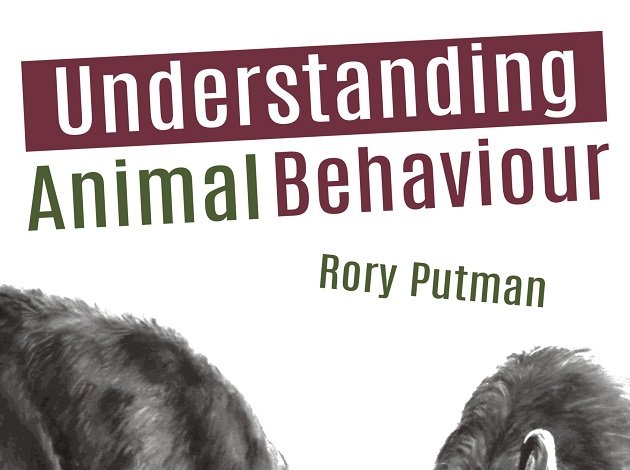
Speckled Woods are found through most of Palearctic. Two inches across, they are grey-brown with creamy spots, which are brighter and more yellowish in females. They inhabit grassy, flowery habitats in forest, woods and glades, also hedges and urban parks. While not the most colourful, they are as charming as any butterfly. When you see the two Speckled Woods circling the patch of sunlight on the forest floor (illustrated by Catherine Putman), you may be forgiven for dreaming of poetry in motion, when you are actually observing a full blown war! Yes, war. What you are observing is likely a territorial behaviour of a male Speckled Wood defending his patch of sunlight and moving with that sunspot as it moves following the Sun itself.
 Described in the “Territoriality and aggression” chapter, this is a sublime example of behaviour from the “Understanding Animal Behaviour” by Rory Putman, an Emeritus Chair in Behavioural and Environmental Biology at Manchester Metropolitan University, UK. This non-technical book is a development from a series of lectures, tried and tested in numerous adult education courses given to non-specialists. It is presented in two main parts, the “how” – considering the physical processes involved in the way animals perceive their environment, and “why” of animal behaviour – examining the evolutionary forces that have shaped the more complex behaviours.
Described in the “Territoriality and aggression” chapter, this is a sublime example of behaviour from the “Understanding Animal Behaviour” by Rory Putman, an Emeritus Chair in Behavioural and Environmental Biology at Manchester Metropolitan University, UK. This non-technical book is a development from a series of lectures, tried and tested in numerous adult education courses given to non-specialists. It is presented in two main parts, the “how” – considering the physical processes involved in the way animals perceive their environment, and “why” of animal behaviour – examining the evolutionary forces that have shaped the more complex behaviours.
What I mostly look for in this book is how to understand those behaviours, how to interpret them. E.g. I remember trying to enter my local scrubland once, just across the car park behind the last apartment building and there, awaiting me, was a territorial pack of stray dogs barking at an intruder – me. I was in primary school then, probably early grades, but I knew that whatever I do, I cannot afford to turn my back to them.
How did I know that? I don’t really know – from my own experience with school bullies or from Jack London’s novels? The most interesting and least likely possibility is, I knew it by instinct.
Whatever the case, I was facing them and barking back, as loud as I could, looking utterly ridiculous while trying to speak the language they may understand. Not sure that I impressed them, I chose to bluff them and looked left and right for a suitable tree branch to pick. There were none, so I picked the next best thing – a stem of reed, 6 to 8 feet long, and waved it at them as a threat, like, I can reach you with this. To make the situation even more ridiculous, I had to wave it very gently – so it wouldn’t break in my hand.
Forty years later, I’d probably try to bribe them with food, but my bluffing attempt wasn’t bad at all. While photographing the Brown Bears in the Russian Far East, a friend of mine, Jovan “Lucky” Lakatos, was with Michio Hoshino, Japanese-born nature photographer specialized in Alaskan wildlife and experienced in how to behave facing this apex predator. At some stage, a salmon-hunting bear at a shingle beach came too close, mere 9 steps. Now, you should know Lucky, he’s no taller than my wife, who is of average height for a woman, and that bear was at least 4-5 times heavier than him. Attempting to bluff the bear in believing that they were even bigger bears, Hoshino suggested raising their hands, to appear taller.
From the behavioural point of view, what has happened? Those bears live in the wild and are not used to humans. To them, people are alien and possibly a dangerous novelty. The usual behavioural response to such encounters is to flee or to fight. Being apex predators, when surprised – met at an uncomfortably close range, Brown Bears usually fight. Lucky and his instructor were successful in bluffing this particular bear, yet the very next year in the same area, Hoshino was killed by a Brown Bear.
The topics of the “Understanding Animal Behaviour” book include reflexes, stimuli, responses, motivation, learning, evolution and adaptiveness of behaviour, social behaviour, reproductive behaviour, territoriality and aggression, how animals navigate and, at the end, the frequently asked questions that stand out of the previous topics. Illustrated with drawings by the author’s wife, wildlife artist Catherine Putman, “Understanding Animal Behaviour” has 178 pages.
I particularly recommend this book to students minoring in biology, ecology, environmental and veterinary sciences: Putnam’s clearly written and easy to understand style is sure to explain the complex concepts without relying on hard to decipher terminology.
“Understanding Animal Behaviour” by Rory Putman. Whittles Publishing, Dunbeath, Caithness, Scotland, KW6 6EG.
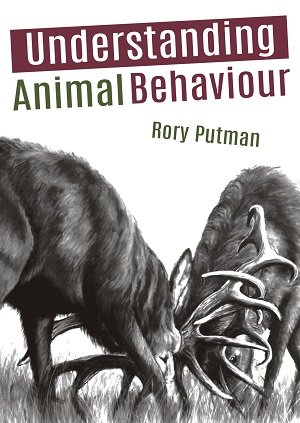 Finally, the list of birds mentioned in the examples include:
Finally, the list of birds mentioned in the examples include:
Acorn woodpecker, Melanerpes formicivorus
Arctic tern, Sterna paradisaea
Barn swallow, Hirundo rustica
Blackcap, Sylvia atricapilla
Black-headed gull, Larus ridibundus
Black grouse, Tetrao tetrix
Brewer’s blackbird, Euphagus cyanocephalus
Budgerigar, Melopsittacus undulatus
Cactus finch, Geospiza species
Canary, Serinus canaria
Chaffinch, Fringilla coelebs
Common cuckoo, Cuculus canorus
Common redshank, Tringa totanus
Dunlin, Calidris alpina
Eurasian jay, Garrulus glandarius
European cuckoo, Cuculus canorus
European Kingfisher, Alcedo atthis
European robin, Erithacus rubecula
European starling, Sturnus vulgaris
European teal, Anas crecca
Florida scrub jay, Aphelocoma coerulescens
Gadwall, Anas strepera
Galapagos cactus finch, Geospiza species
Golden plover, Charadrius apricarius
Green wood hoopoe, Phoeniculus purpureus
Greylag goose, Anser anser
Hawaiian honeycreeper (or amakihi), Loxops virens
Hen harrier, Circus cyaneus
Herring gull, Larus argentatus
House martin, Delichon urbica
Japanese quail, Coturnix japonica
Killdeer, Charadrius vociferus
Mallard duck, Anas platyrhynchos
Oystercatcher, Haematopus ostralegus
Peacock (Indian), Pavo cristatus
Pelican, Pelecanus spp.
Pigeon, domestic, Columba livia f. domestica
Pied wagtail, Motacilla alba
Red-winged blackbird, Agelaius phoeniceus
Sage grouse, Centrocercus urophasianus
Scarlet macaw, Ara macao
Shoveler, Northern, Anas clypeata
Society finch (Bengalese finch), Lonchura striata
Temminck’s stint, Calidris temminckii
Tit, blue, Parus caeruleus
Tit, great, Parus major
Zebra finch, Taeniopygia (Poephila) guttata


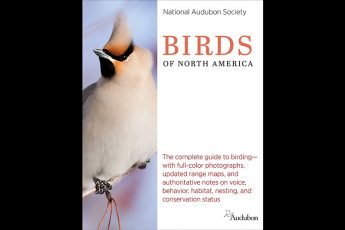
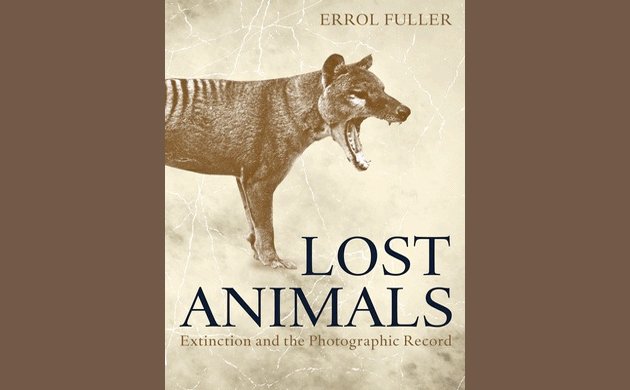
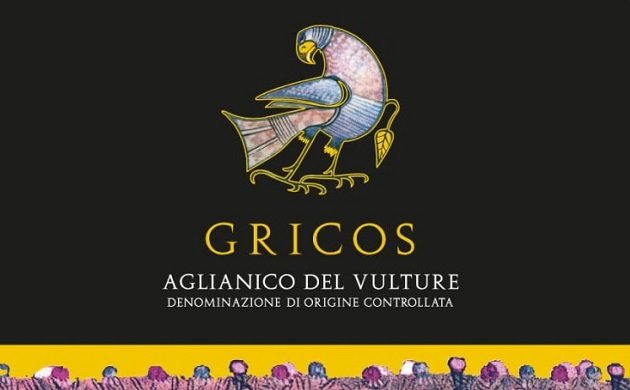

 New writers welcome – please contact us for details.
New writers welcome – please contact us for details.

















Leave a Comment